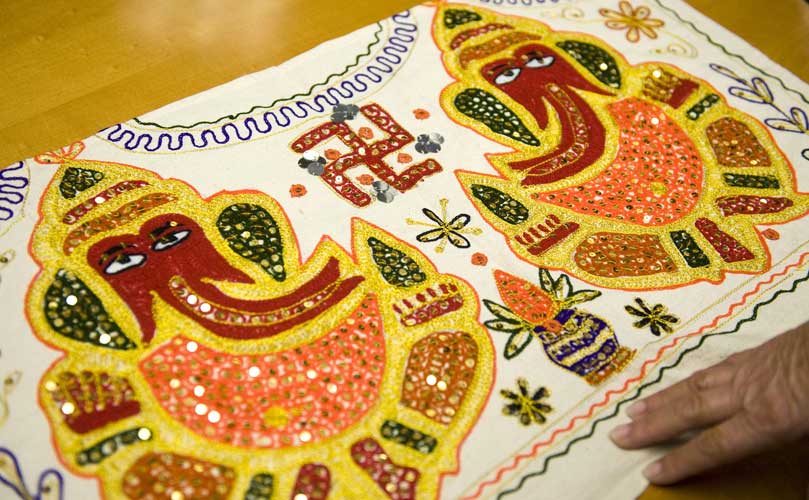
Swastika in INDIA. What does swastika mean?
Information on our blog
https://www.paylesstoursindiablog.com/2020/05/swastika-in-india-meaning-blog-about.html
Today I am going to write about one of my favorite symbols in India - swastika, which in Asia means something completely different contrary to a popular belief.
If you have ever been to India or Asia, there is high probability that you have seen a swastika sign and you may have felt a bit uncomfortable. That happens because in European culture swastika sign has a negative connotation and is associated with Nazism and Hitler, so mainly is connected with very negative things like mass murdering, cruelty as well as totalitarian system.
What does swastika mean?
However, in India and also in other Asian countries the clockwise symbol (we must note that Nazism symbol is anticlockwise) means something totally opposite and the sign is supposed to evoke happiness and promote prosperity. It is simply a lucky symbol which one can find in India in the temples, in front of many homes as mandalas, on the doors and even on the documents and financial statements. The symbol is also used for performing religious rituals and is a favorite symbol of the festival of lights called Divali. It is hard to perform rituals without this highly respected and significant symbol.
The clockwise swastika is a solar symbol of god of the sun Surya and suggests the motion of the sun in India (the northern hemisphere), where it appears to enter from the east, then ascend to the south at midday, exits to the west
What does exactly mean a word swasti?
The word has the roots in Vedas - the ancient sacred Hindu books and consists of two words
su means good and asti means it is, so all the word means can be translated as it is good. In Vedas the word means prosperity, happiness, well being and health.
The team of archaeologists also suggested swastikas are the oldest ever discovered and pre-date the Harappan civilisation, which thrived in the Indus Valley between about 3,300 and 1,300 BC, so the sign is extremely old and much older than Hitler ideology.
Meaning in Buddism and Jain religion
For Buddhists, the swastika signifies the Buddha’s footprints and heart. For Jains, the swastika is the symbol of the seventh tirthankara (literally “ford-maker,” one of the liberated souls showing the way for others in the Jain tradition), with the arms symbolizing one of the four places a soul can be reborn in the cycle of birth and death.
We must remember that the symbol also appeared in other civilizations and cultures and meant the solar sign, eternity or life. We can see the symbol used by the Ancient Greece, Slovian, in the early Christianity and even North America.
We can say, it is really sad and ironic that such a meaningful symbol as swastika has become a symbol mainly recognizable as a symbol of hatred and even banned in Europe. Swastika is the best example of how one thing can have a completely different meaning in different cultures. Getting to know the culture of a given country and talking to the locals is a great way to broaden horizons, a way to understand the world, which helps clear up any misunderstandings about local customs and beliefs.